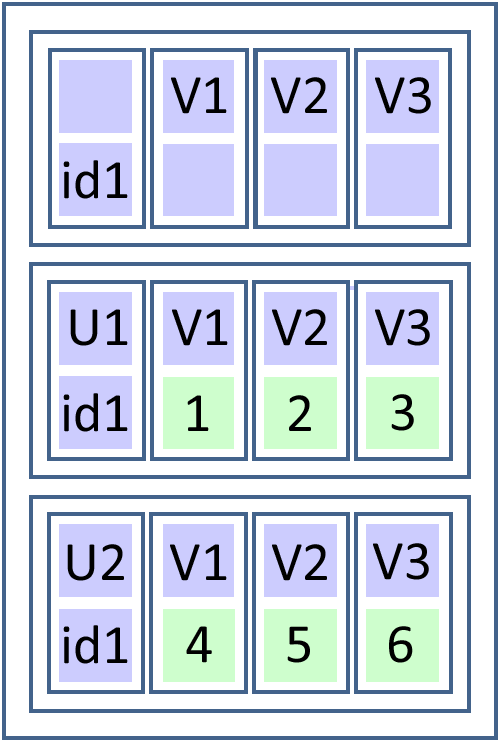Authors
Alan Hall, Michel Wermelinger, Tony Hirst, & Santi Phithakkitnukoon
Abstract
Data expressed in tables may be re-arranged in various forms, while conveying the same information. This can create a tension when one form is easier to comprehend by a human reader, but another form is more convenient for processing by machine.
This problem has received considerable attention for data scientists writing code, but rather less for end user analysts using spreadsheets.
We propose a new data model, the "lish", which supports a spreadsheet-like flexibility of layout, while capturing sufficient structure to facilitate processing.
Using a typical example in a prototype editor, we demonstrate how it might help users resolve the tension between the two forms. A user study is in preparation.
Sample

Lish replaces the usual grid of cells with a list.
Each element of a lish can be either a single cell or a further lish, so nesting is possible to any depth.
This enables the lish to capture grouped and hierarchical structures more expressively than a grid.
Publication
2018, 2018 Conference of the Psychology of Programming Interest Group (PPIG), September
Full article
Wide, long, or nested data? Reconciling the machine and human viewpoints
